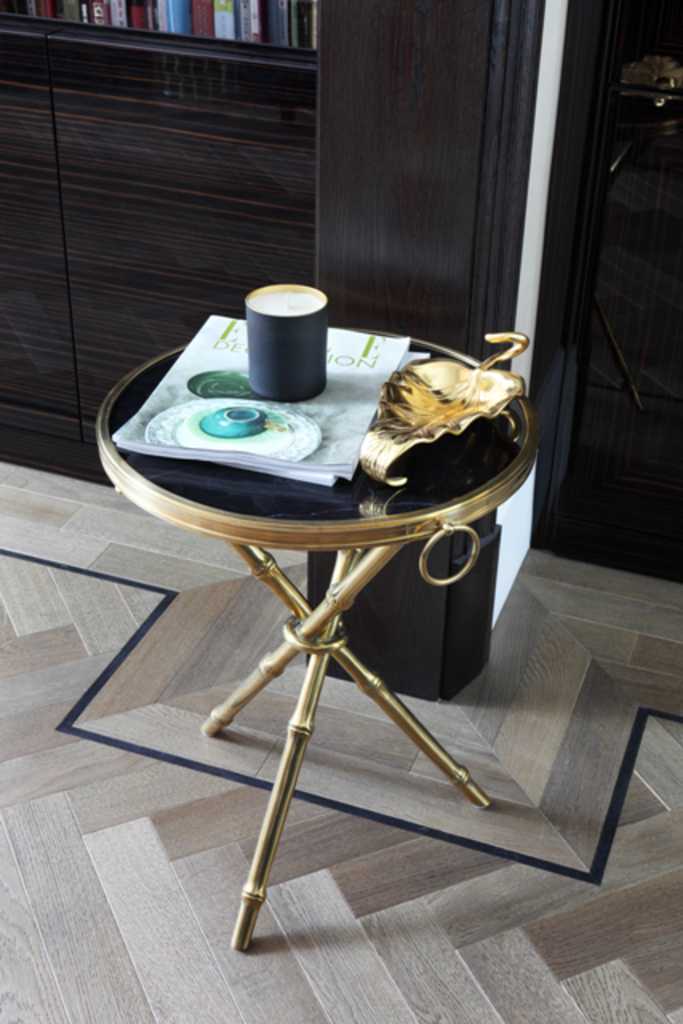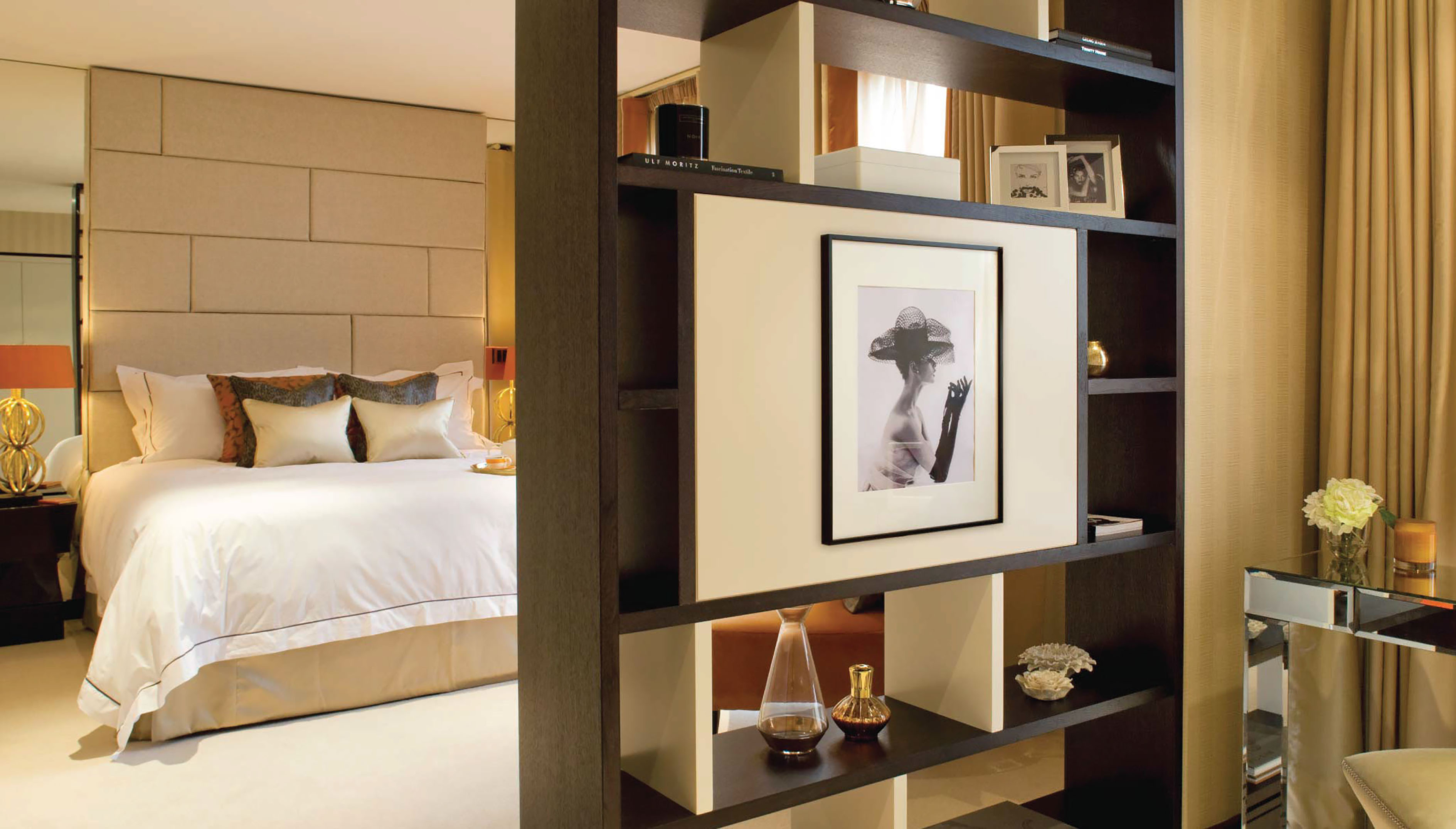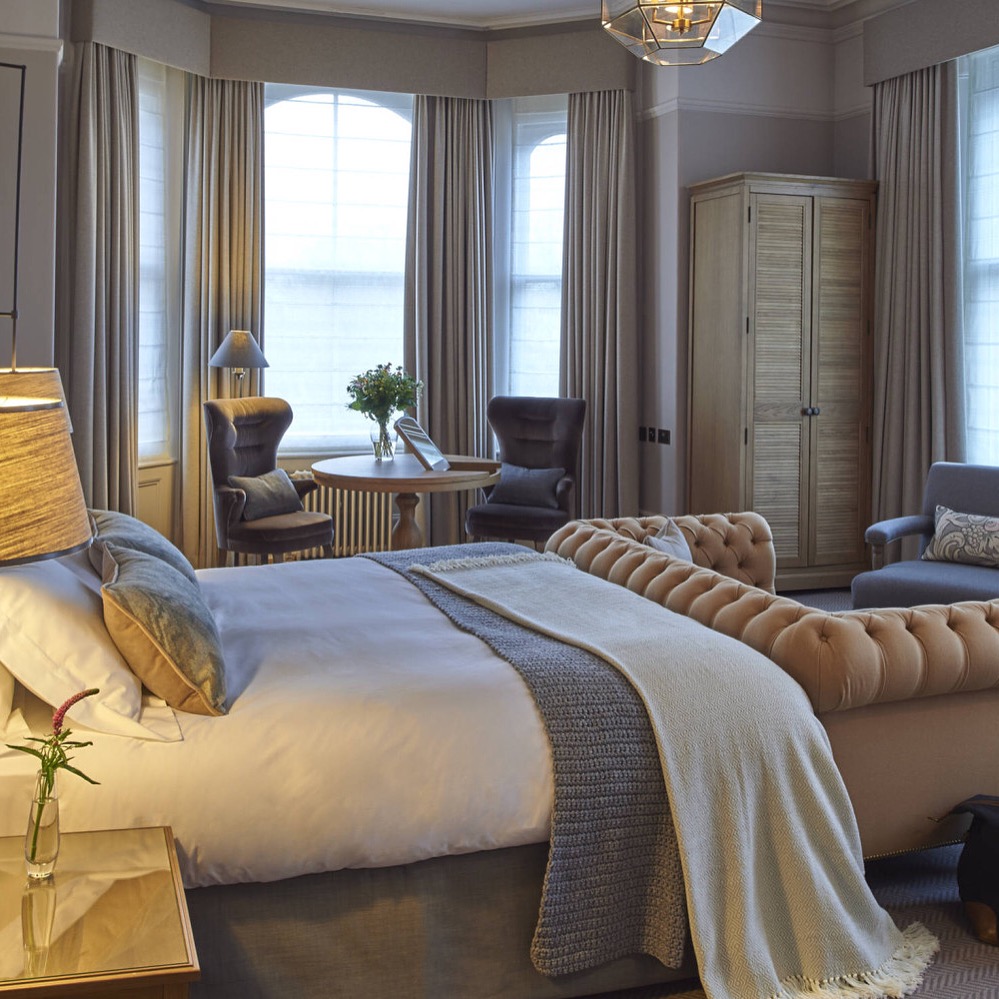Interior Design Top Tips – Texture
- Bathrooms
- Decoration
- Furniture
- Interiors
- Lighting
- Styling
- Textiles

Texture is hard to define – but to my mind it’s the secret sauce that adds depth to a space. For example the combination of mixed material cushions and throws on a bed or sofa, the contrast of moulded paneling and flat wall, or a mix of finishes in a coffee table that simply adds the ‘Jush’ to an interior.
When I was in university I was lucky enough to do a summer internship with the incredible Irish designer John Rocha. That summer working with both his interior and fashion teams I got my first taste for the importance of texture in design, the value of layering and finding beauty in the smallest detail. While there I was taught to crochet by the fabulous designer Katie Hanlan, knitting wool, beads and ribbon together to create incredibly intricate shoes- a wonderful combination of texture and materials. Seeing them a couple of months later on the feet of very tall and willowy models in London Fashion week is something I will not forget, my first bite of design made for the big stage! After that summer I moved directly to London to study interior design and I never forgot that lesson on texture….
So how to use texture in your interior. Texture works best with contrast – it’s adding a silk leading edge to a fine wool curtain. Adding applique to a linen cushion or a nailing detail to a velvet sofa. Combining materials gives detail which leads to interest… so here are some good places to start.
Flooring
Layer where possible and appropriate – laying rugs on timber and stone/tiled floors is great for creating zones in open plan living areas. Rugs on carpets can also work in bedrooms around the bed to create extra softness underfoot. Even playing with pattern – going for a chevron or herringbone pattern instead of straight planks really adds detail.

Walls
Adding wallpaper or mirror to your walls always adds depth and style to a space. For wall paper you can choose to have a simple textured finish such as linen or silk – or can be more rough an ready using burlap or grasscloth – Philip Jeffries is my go to, they have a wonderful range of colours and textures. Playing with paint colours also works – using a darker colour on the woodwork (doors, skirtings and radiator cases) and lighter colours on the ceiling and mouldings, with a mid tone on the wall… Colour trend has a great colour range and helpful tools when putting a paint scheme together on their site.
Windows
Adding texture to window treatments can be both beautiful and practical – having a blackout roller blind with sheers and a curtain – will allow you to control light coming into the room and is great for adding extra insulation to a room during the cooler months.

Upholstery
Playing with fabrics and textures in upholstery can really bring a space to life. Mixing materials- contrasting a velvet seat with a silk back looks great in dining and reception rooms. Adding studs to a leather bar stool in a kitchen will make it feel more grown up. Deep buttoning in general makes upholstery feel more luxe – sofas in the ‘Chesterfield’ style are a good example…

Dressing & Styling
One of my favourite books on dressing is by the fabulous Jonathan Adler – his style is definitely on the adventurous side but his styling principals are universal and are a great place to start. Cushions and throws in a mix of fabrics on beds and sofas looks great – Ka International in Blackrock Dublin does this really well. You can also bring texture to shelf displays by mixing materials – glass with ceramic side by side with leather and cloth bound books…
Photos above are from the wonderful Royal York, recently refurbished
http://www.hotelroyalyork.co.uk and The George in Edinburgh http://www.thegeorgehoteledinburgh.co.uk.
As always if you have any questions drop me a line and let me know!
(Jush = secret sauce!)
